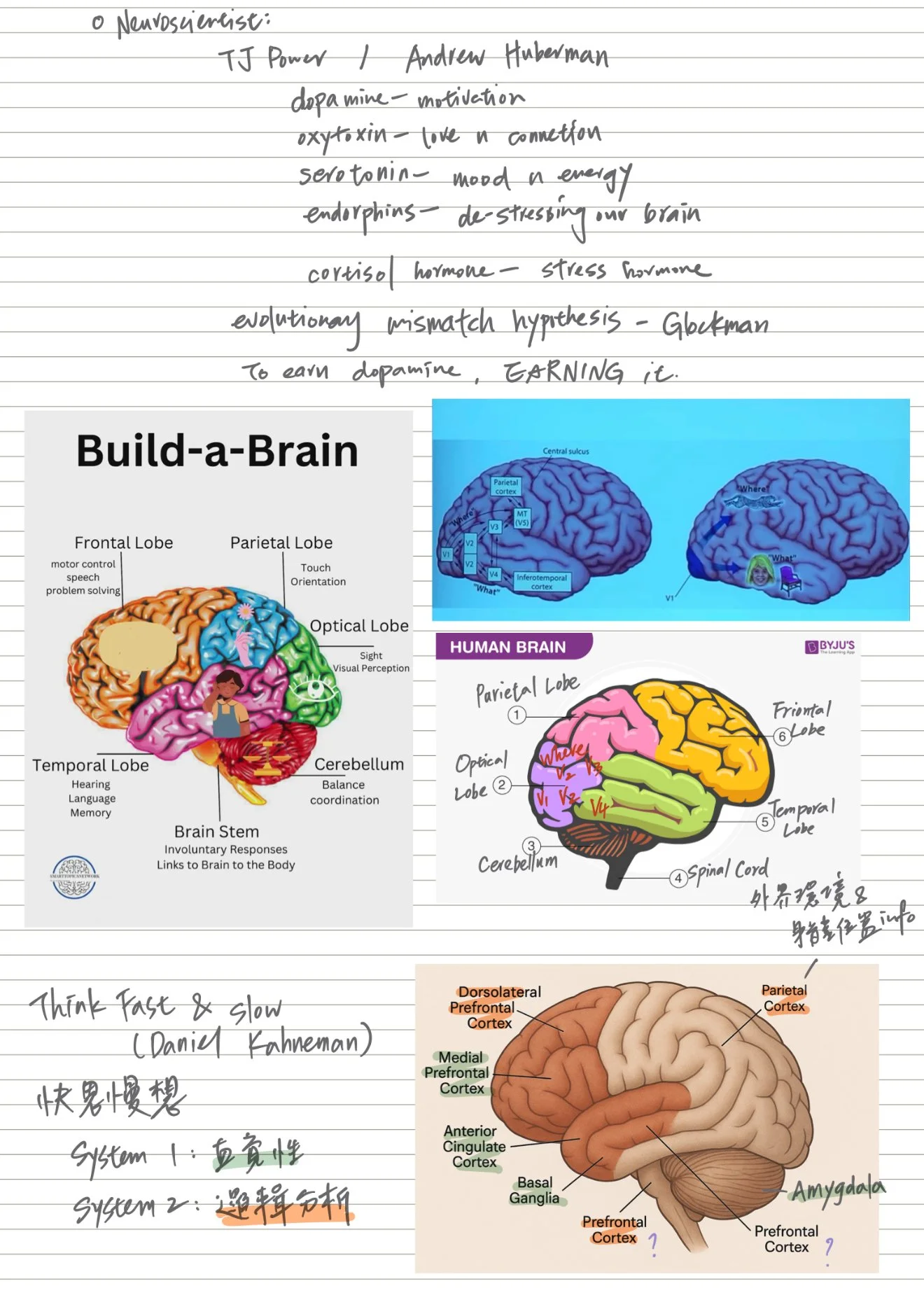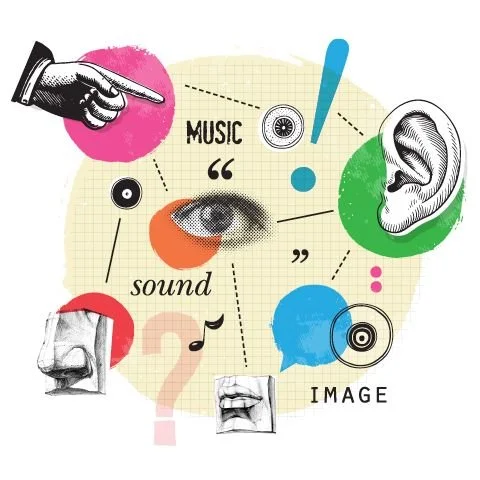brain
scapes
Team: Sashi, Sarthak, Stav, Izzy, Dahoon, Chenchen, Grania, Dylan, Jin, Jiayi, Ellen
Week One
Exploring, exploding, exploiting process, criticality and interaction in relation to user experience design.
Design a way to make brain activity responding to aesthetic experiences visible, tangible, or interactive.
Neuroaesthetic
Partnership: Kinda Studios
kinda studios
Kinda is a neuroscience-driven creative studio that transforms academic research into immersive, emotionally resonant experiences. Rooted in scientific rigor and real-world impact, they bridge art, science, and technology to expand public access and reimagine collaboration. Led by an interdisciplinary team of women across science, music, art, and anthropology, Kinda redefines what creative innovation can be.
There are two parts within Kinda Studios:
STUDIOS consults and designs original work that transforms robust scientific insights into strategies, products, experiences, content and curation
LABS uses real-time mobile brain-body imaging, biosensors and neuroscience scales to test, iterate, amplify and validate these in real-world spaces.
Studies & Scribbles
I began by studying case studies from Kinda Studios to understand how they integrate neuroscience into UX design across different industries. I was not only drawn to this approach from a design perspective but also intrigued by the diverse needs of each field. Additionally, I independently explored talks and research by neuroscientists to identify topics within neuroscience and neuroaesthetics that resonate with broader public interest.
inspiration
We came across the term synesthesia. It’s like the scene in Ratatouille, where the main character tastes something delicious and sees fireworks in his mind—a vivid blending of the senses that creates a deeper, more immersive experience.
-
Synesthesia is a neurological condition in which stimulation of one sensory or cognitive pathway (for example, hearing) leads to automatic, involuntary experiences in a second sensory or cognitive pathway (such as vision). Simply put, when one sense is activated, another unrelated sense is activated at the same time. This may, for instance, take the form of hearing music and simultaneously sensing the sound as swirls or patterns of color.
— from Psychology Today
-
Your senses describe to your brain what they pick up, and your brain creates its own understanding of the world around you from those descriptions. But people with synesthesia experience the processing step differently. Their brains process the same information through two or more brain areas at once.
— from Cleveland Clinic
-
While it occurs naturally in some individuals, research suggests it may also have a learned component—often linked to early experiences with language, numbers, or time-related concepts. Additionally, studies show that synesthesia-like responses can be trained through practice, though these effects tend to be weaker, temporary, and fade without continued reinforcement.
— from Cleveland Clinic
Research: Brain activity
We’re also exploring brain activity, as we believe there may be intriguing neural networks or mechanisms related to aesthetic experience that could help spark new ideas and creative thinking.
-
Intense aesthetic experiences may reduce or deactivate parts of the brain’s Default Mode Network (DMN), particularly the MPFC, allowing certain artworks to resonate deeply with an individual’s self-processing systems. These experiences likely stem from the brain integrating art with one’s memories, emotions, and cognitive frameworks, revealing a physiological basis for the depth of aesthetic engagement.
-
Aesthetic experiences engage both the Sensorimotor Network (SMN) and the DMN, creating a deep connection between sensory perception and personal meaning. The SMN processes visual, tactile, or imagined motion, fostering a sense of embodied engagement, while the DMN becomes less deactivated during powerful aesthetic moments, suggesting a link to self-identity, memory, and emotion. When these networks interact, sensory input is integrated with self-reflective processing, producing the profound feeling of being “moved” or emotionally touched by art.
Reflection & next step
This week focused on researching neuroscience and neuroaesthetics. Given the broad nature of the topic, we aimed to translate scientific concepts into relatable, everyday experiences to inform UX design. At the same time, we explored overlooked daily activities that often go unnoticed. Our investigation into brain activity and aesthetic experience is gradually guiding us toward a deeper exploration of the senses. With a low-tech approach in mind, we’ve identified emotions and basic vital signs as accessible and meaningful data points for interpreting brain activity in design.









